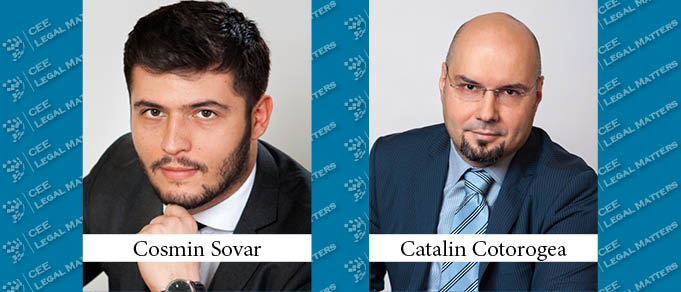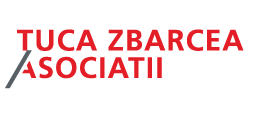Access, equity, quality, and cost-effectiveness are key issues facing healthcare in both developed and less developed countries. Modern information and communication technologies (ICTs), such as computers, the Internet, and cell phones, are revolutionizing how individuals communicate with each other, seek, and exchange information, and enrich their lives. These technologies have great potential to help address contemporary global health problems.
The use of information and communication technologies (ICT) in healthcare is one of the main concerns of the European Union, who prepared some action plans meant to analyze and propose the implementation of some concepts such as eHealth and telemedicine ever since 2000.
In 2008 the European Commission forwarded to the European Parliament, the Council and the European Economic and Social Committee and the Committee of the Regions a Communication No 689/04.11.2008 on telemedicine and its benefits for patients, the healthcare systems and to society (“Communication (2008) 689”), in which it outlined the basis of telemedicine and the potential benefits of its implementation in the healthcare systems of the Member States.
Telemedicine encompasses a wide variety of services, such as teleradiology, telepathology, teledermatology, teleconsultation, telemonitoring, telesurgery and teleophthalmology as well as call centers/online information centers for patients, remote consultation/e-visits or videoconferences between health professionals.
Out of the services listed above, the European Commission focused on the telemonitoring which it considers “a major opportunity for chronic disease management” and on teleradiology, which it considers a “a way to optimise management of scarce resources”.
In fact, telemonitoring is a medical service aimed at monitoring the health status of patients at a distance. Data can be collected either automatically through personal health monitoring devices or through active patient collaboration (e.g. by entering weight or daily blood sugar level measurements into a web-based tool). Data, once processed and shared with relevant health professionals, may be used to optimize the patient's monitoring and treatment protocols.
So the first discussions around this concept took place back in 2008, however, the need to focus on the development of medical services was outlined from the very beginning by Toomas Hendrik Ilves, the president of Estonia, Chair of the independent high-level eHealth Task Force: “We know that in healthcare we lag at least 10 years behind virtually every other area in the implementation of IT solutions. We know from a wide range of other services that information technology applications can radically revolutionize and improve the way we do things”.
The key element to implementation of telemedicine is the implication of each Member State depending on the needs and difficulties at national level. They are called to use all instruments provided by the domestic law to provide for a clear and efficient legislative framework, overcome the inherent technical issues and facilitate the market development and building of trust, to increase acceptance of telemedicine by doctors and patients alike.
In Romania, shy attempts at regulating the concept of telemedicine were made at the end of 2008, with the Norms for the application of Title IV “National System for emergency medical assistance and qualified first aid” published (“2008 Norms”), in connection with Law No 95/2006 regarding the healthcare reform (“Law 95/2006” or the “Health Law”). According to article 18 of Part I “Norms for the application of basic first aid and qualified first aid” (“Part I”), qualified first aid may be offered through telemedicine only based on protocols and procedures and the remote medical recommendations. Furthermore, according to article 22 of Part II “Norms for the application of integrated emergency public assistance” (“Part II”), the telemedicine may be used for coordination, monitoring and management of interventions in pre-admission phase by exchanging information between ambulances and data reception center and during the pre-admission phase.
Starting November 2020, the GEO 196/2020, brings a legal framework for telemedicine that should be practiced in a non-discriminatory manner and in the beginning of 2021 the Romanian Ministry of Health started public consultations for drafting the norms of implementation of GEO 196/2020.
However, in Romania, the telemedicine is still a legislative ebauche, a logistic enigma and almost unknown in society.
A thorough state approach of telemedicine would have led to a natural evolution which, during the epidemiologic crisis, would have brought together specialists in all relevant areas to improve the existing set of laws, the IT and communication applications and the trust of people.
Instead, the only thing that can be discussed nowadays considering the existing legislation, is the opportunity of telemedicine, and the basis thereof – in other words, the telemedicine as a goal.
By Cosmin Sovar, Senior Associate, and Catalin Cotorogea, Partner, Firon Bar-Nir




